Greece › Athens › Archaeological Sites › Roman Agora
By Santorini Dave
See Also
- Best Hotels in Athens
- Where to Stay in Athens
- Best Restaurants in Athens
- Best Things to Do in Athens
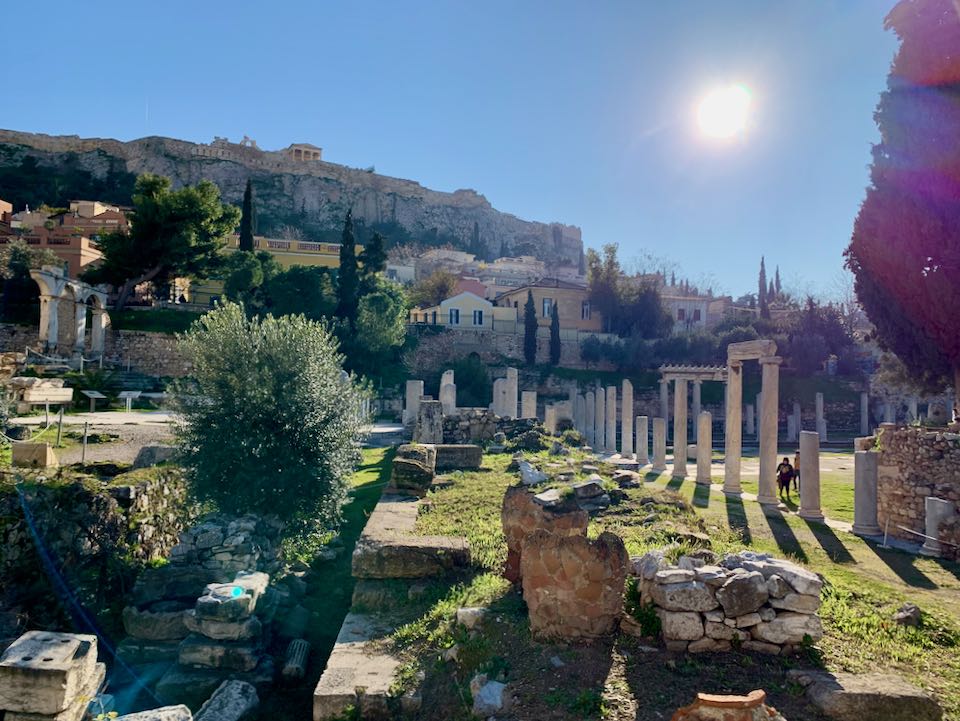
The Roman Forum, one of the most important archaeological sites in Athens, is located just north of the Acropolis
Tours & Tickets:
• Athens Pass Combo Ticket (7 archaeological sites + Acropolis Museum.
• Daily Life in Ancient Athens (private tour of Kerameikos, Ancient Agora, Roman Agora, Monastiraki & Plaka neighborhoods)Roman Agora Hours and Information
- Hours: Open daily. Summer (April to October) 8am – 8pm; last entrance to the site at 7:40pm. Winter (November to March) 8am – 5pm; last entrance to the site at 4:40pm. Closed 1 January, 25 March, 1 May, Orthodox Easter Sunday, 25 & 26 December.
- Website: odysseus.culture.gr
- Location: Polignotou 3
- Telephone: +30 210 324 5220
- Admission Fee: Summer (April to October) entrance fee: 8€. Winter (November to March) entrance fee: 4€. Reduced admission 4€. You can also purchase a 30€ combo ticket for this and 6 additional sites: Acropolis, Ancient Agora of Athens, Hadrian’s Library, Temple of Olympian Zeus, Kerameikos and Aristotle’s Lyceum. The combo ticket is valid for 5 days and offered year round. Tickets can be purchased on site or in advance online.
- Free Entry: 6 March (in memory of Melina Mercouri), 18 April (International Monuments Day), 18 May (International Museums Day), the last weekend of September annually (European Heritage Days), 28 October, every first Sunday from November 1st to March 31st.
- Parking: Street parking, nearby pay lots.
- Nearest Metro: Monastiraki.
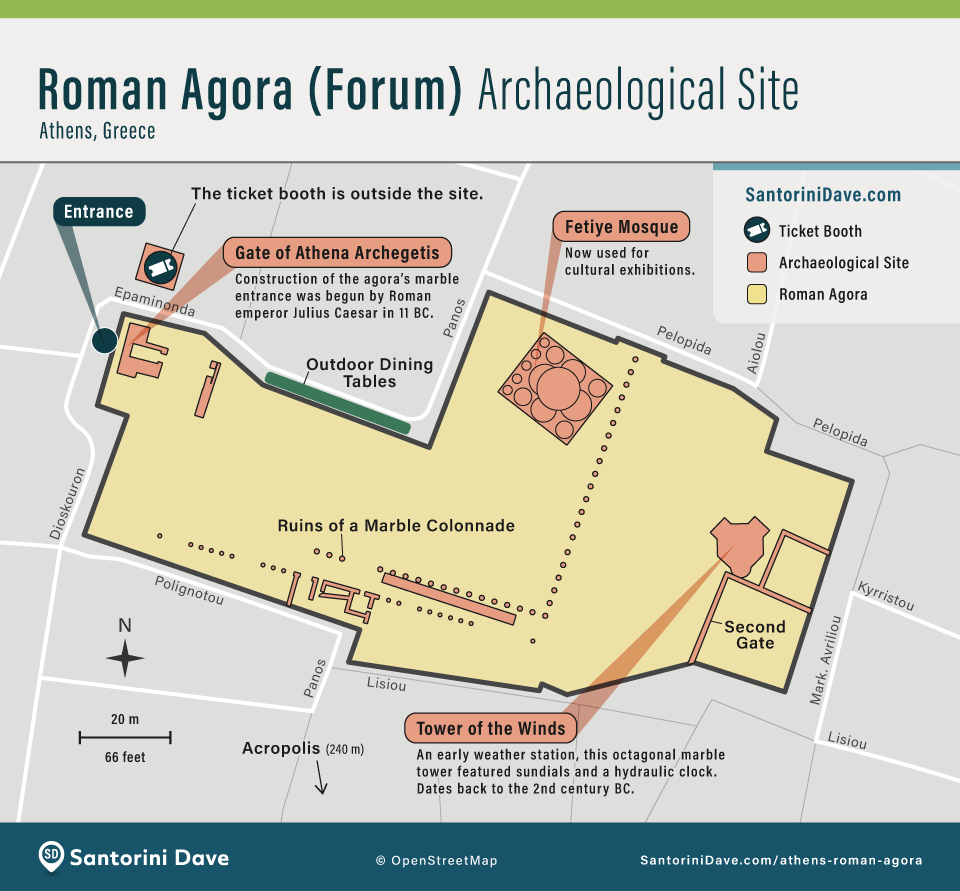
The Roman Agora in Athens
- The Roman Agora (sometimes called the Roman Forum) is located in the Plaka neighborhood to the north of the Acropolis; the closest metro station is Monastiraki, about a 220 meter walk away.
- The Roman Agora is not to be confused with the older Ancient Agora of Classical Athens, which is situated about 100 meters away to the west.
- Built as the new commercial center of Athens in the 1st century BC, the Roman Agora was commissioned by Caesar Augustus, the first Roman emperor, and expanded in the 2nd century by the emperor Hadrian.
- There are 3 prominent structures at the Roman Agora:
The Gate of Athena Archegetis is located at the entrance to the site and was built in 11 BC by Roman emperors Julius Caesar and Augustus.
The Tower of the Winds (or Horologion of Andronikos Kyrrhestes) was built by Adronicus of Cyrrhus, a Macedonian astronomer, in the 2nd century BC, and is practically still intact. It was used as a clock tower and to predict the weather, and is considered to be the first weather station ever built. Each side of the tower features a carved marble frieze depicting one of the eight Greek wind deities.
The Fetiye Mosque was built in the 17th century by the Ottomans and located on the northern side of the site. Nowadays it is still used for cultural exhibitions.
- During the Byzantine and Ottoman Eras, the area was covered with houses, workshops, churches and mosques. The Tower of the winds was used as a church in the 6th century.
- A triple arched building on the east side is unidentified at this time. The site has not been fully excavated and restoration projects are still in progress.
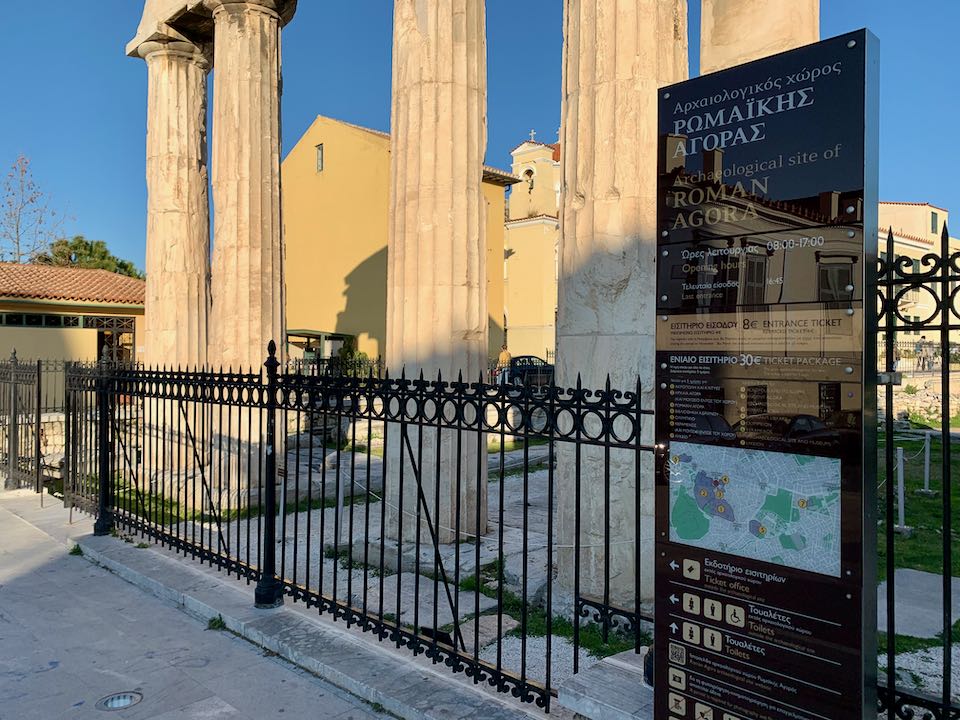
The Roman Agora is located in Athens’ Plaka neighborhood, on the northern base of the Acropolis.
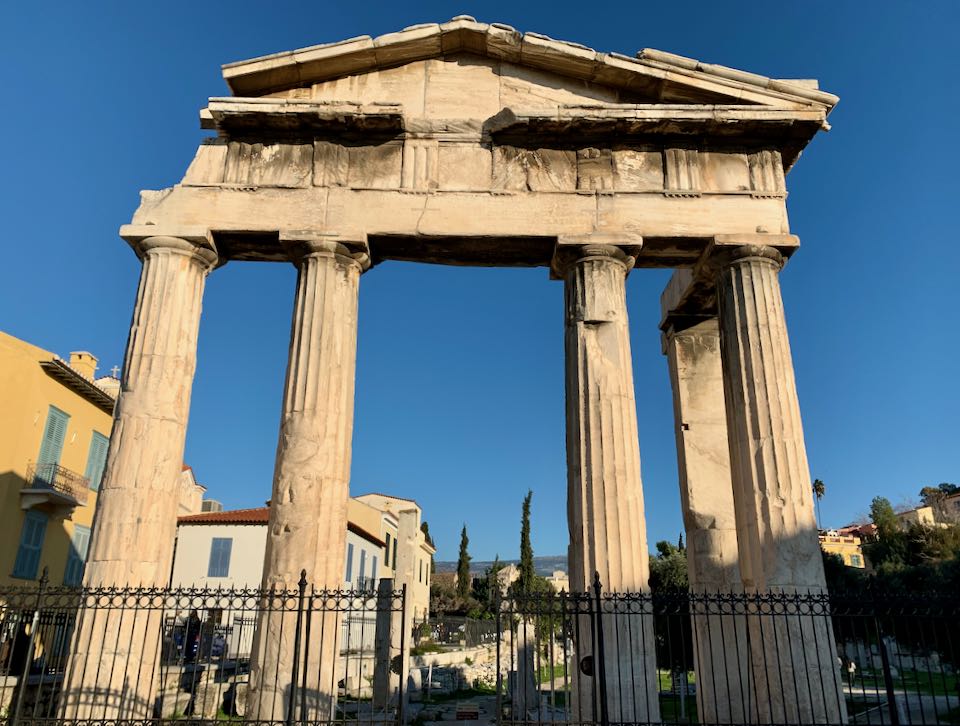
At the entrance to the Agora is the prominent Gate of Athena Archegetis, built in 11 BC by Roman Emperors Julius Caesar and Augustus.
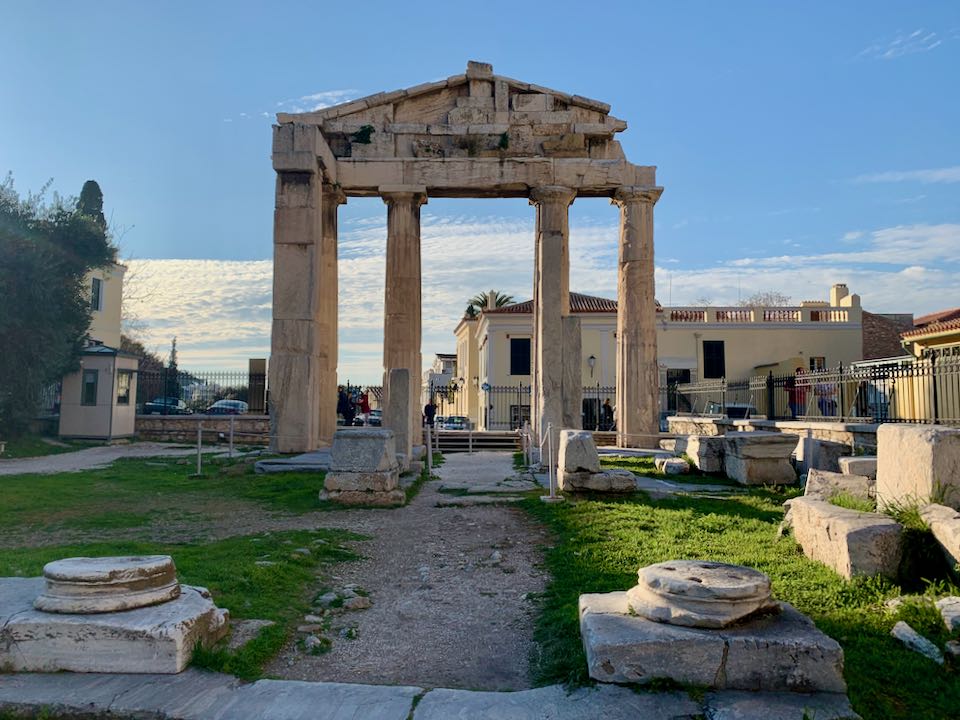
Back view of the Gate of Athena Archegetis.
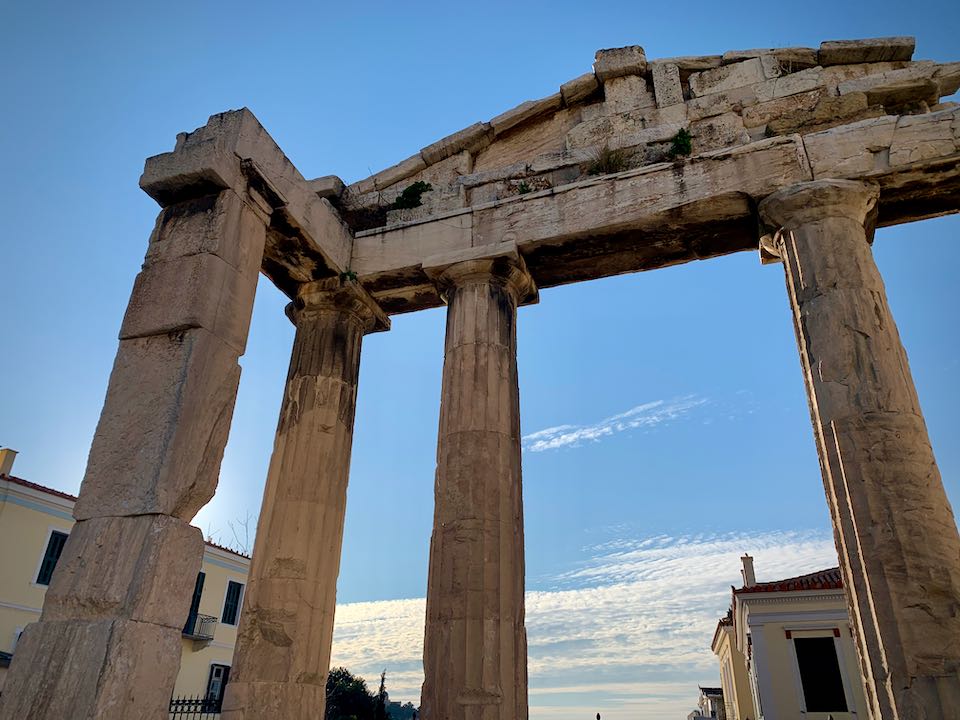
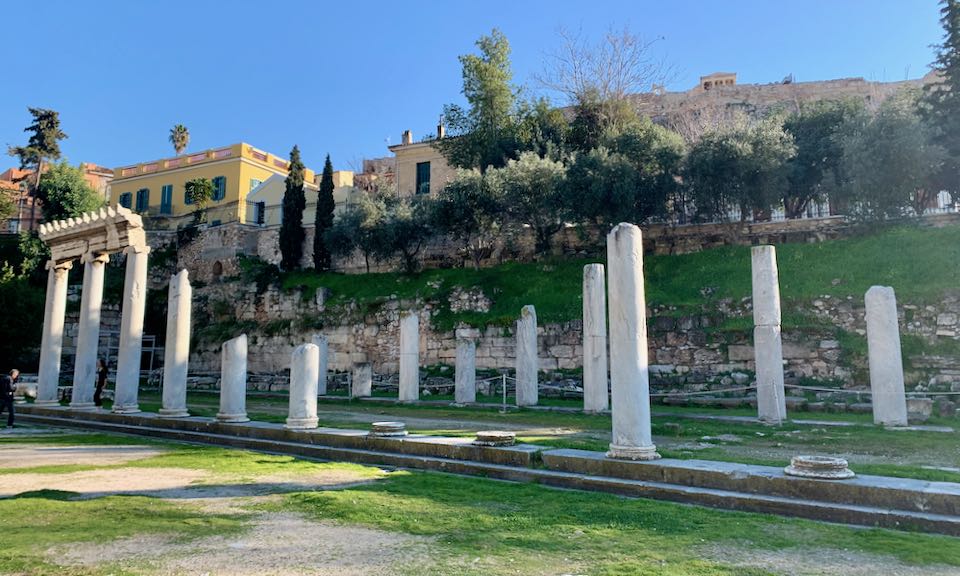
Along the southern border of the Agora are the ruins of a marble colonnade. This area was once lined with shops and merchant stalls.
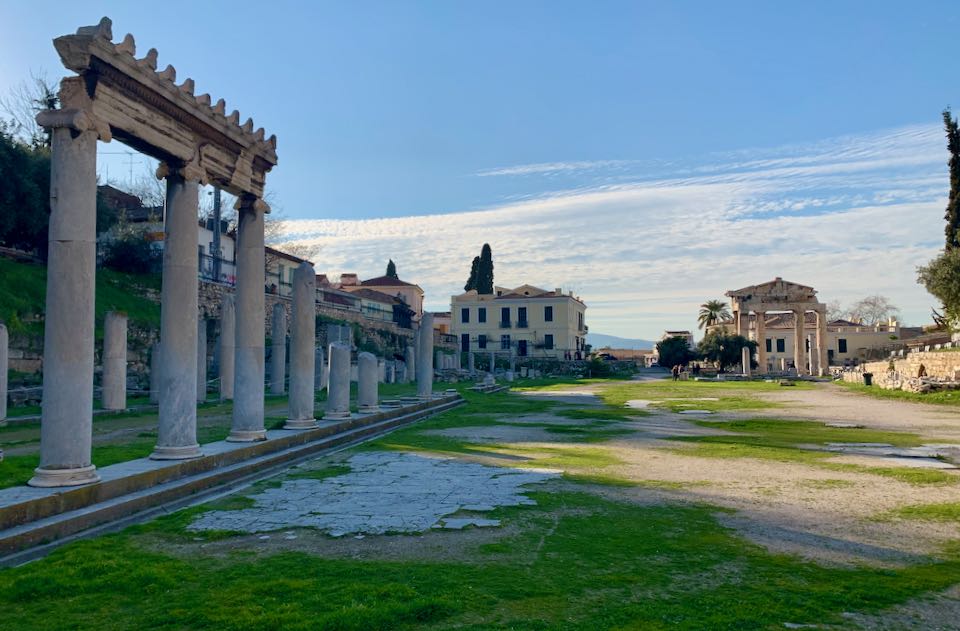
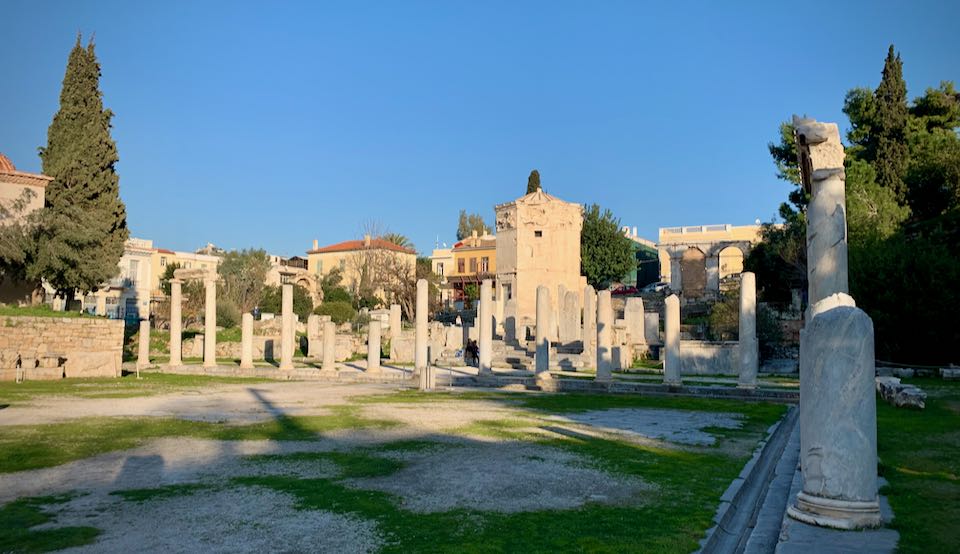
The colonnade continues along the Agora’s western edge, situated in front of the Tower of the Winds.
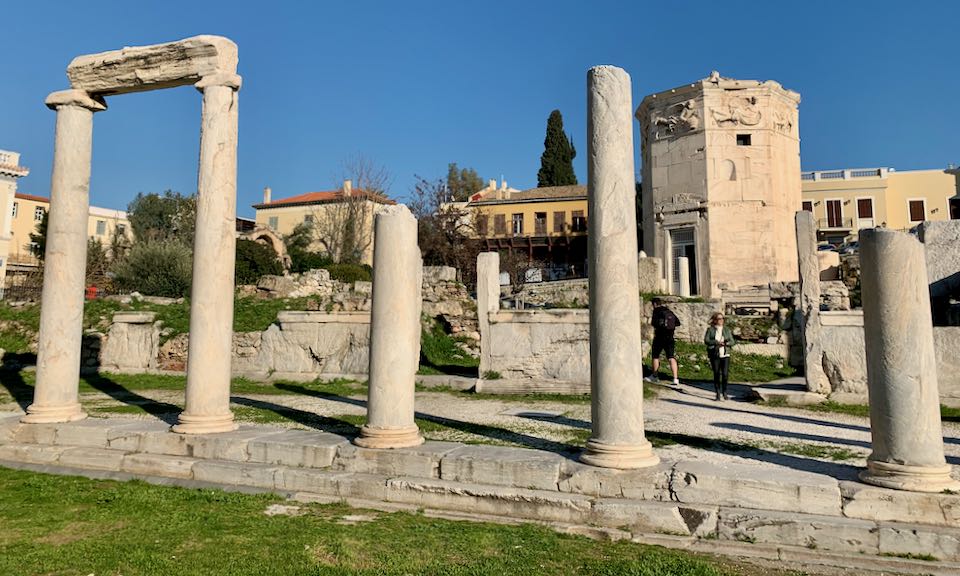
The eastern edge also features the Agora’s second gate. This one is somewhat simpler, being ionic in style, and non-fluted.
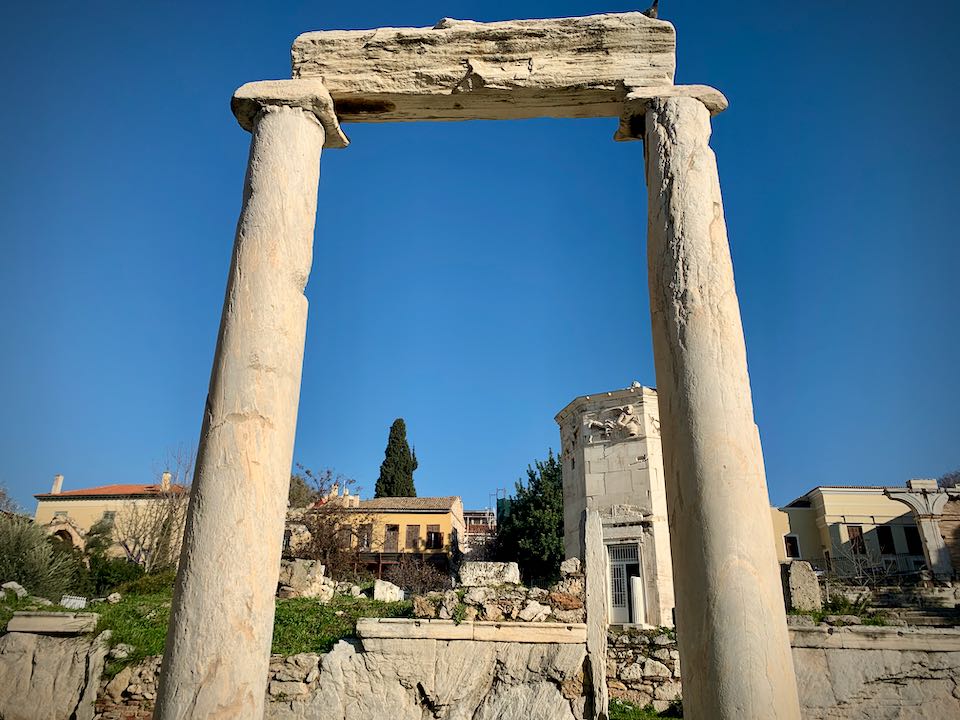
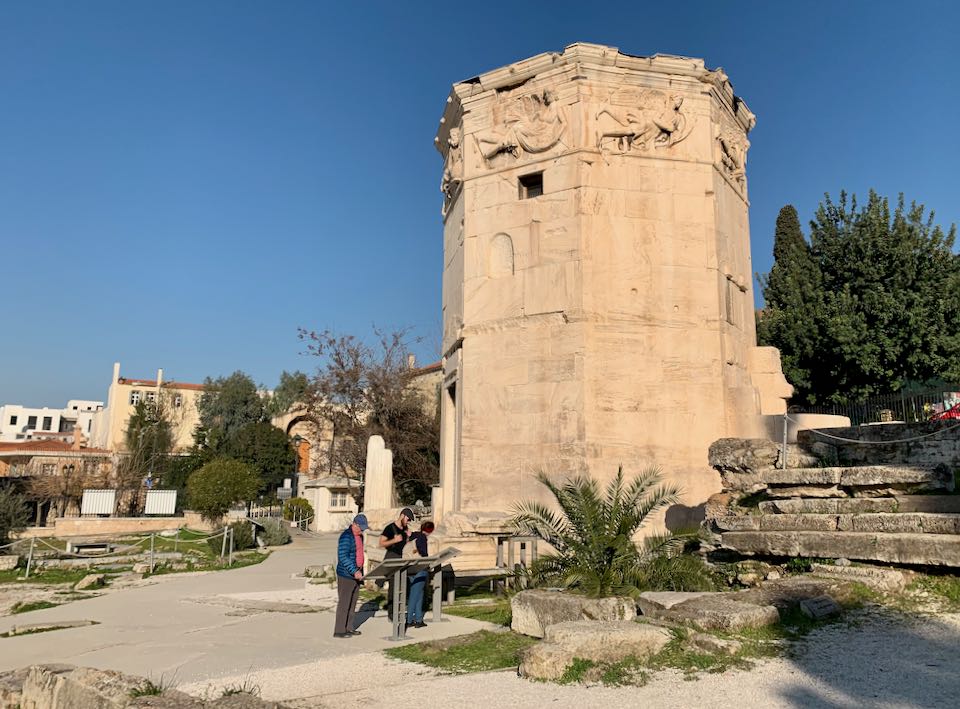
The Tower of the Winds predates the Agora. It was built in the 2nd century BC by the Macedonian astronomer Adronicus of Cyrrhus. It is considered to be the first meteorological station ever built, with both sundials and a water clock to read time, as well as a wind vane.
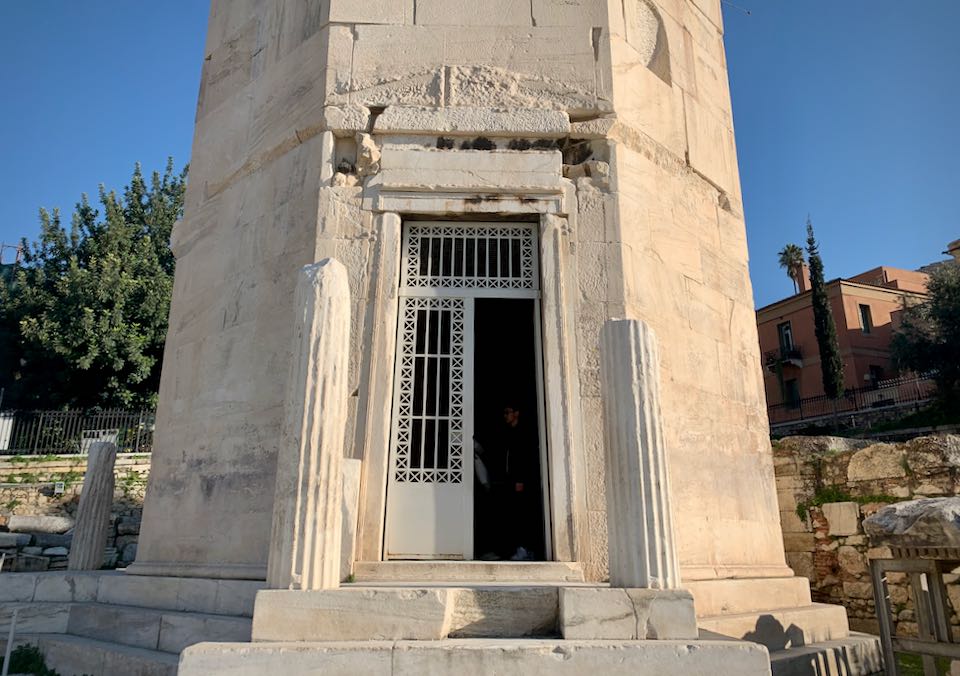
The tower amazingly intact, and is open for visitors to peek into.
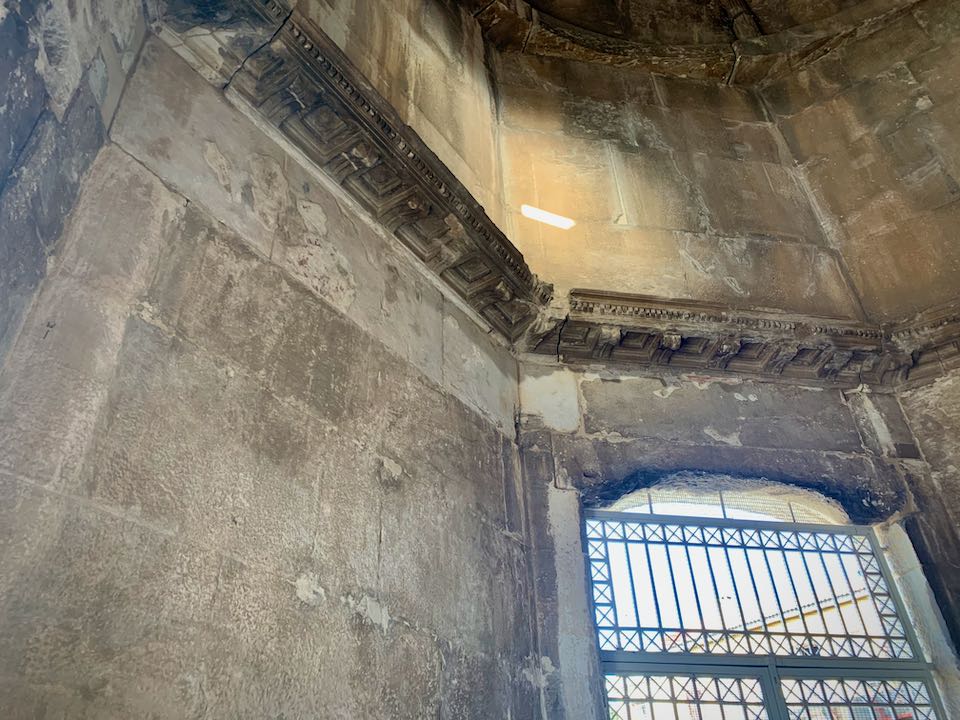
The interior of the tower is simple, but interesting.
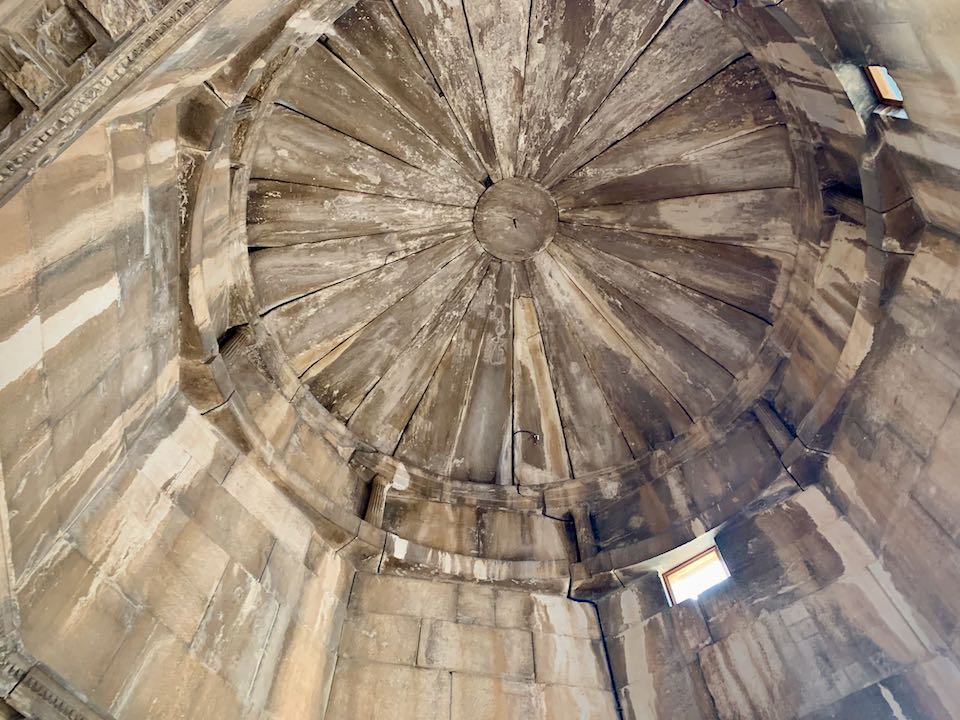
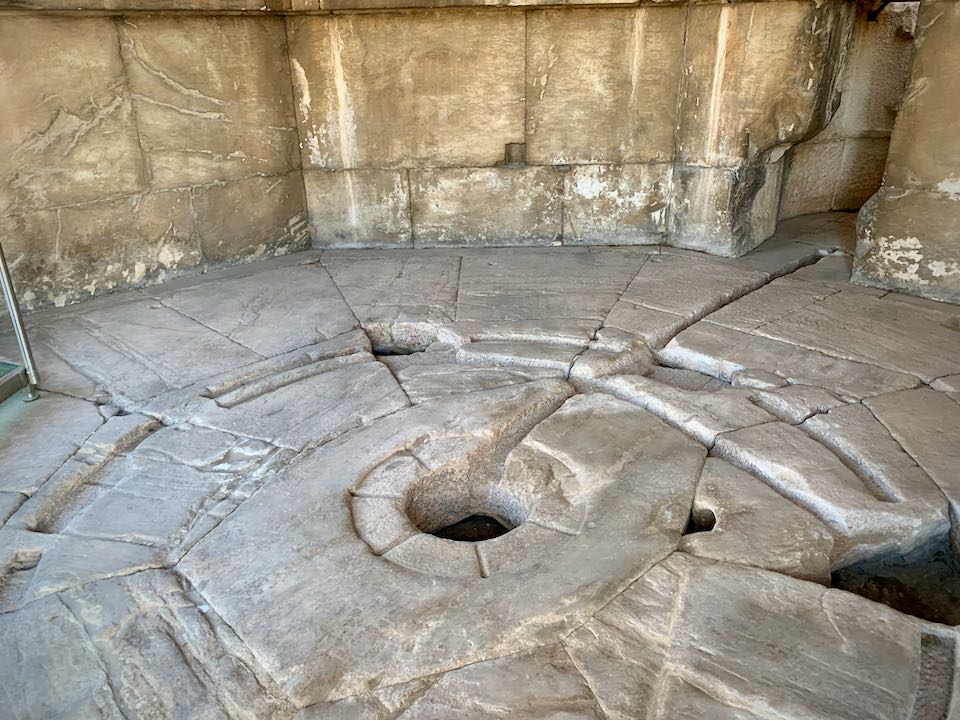
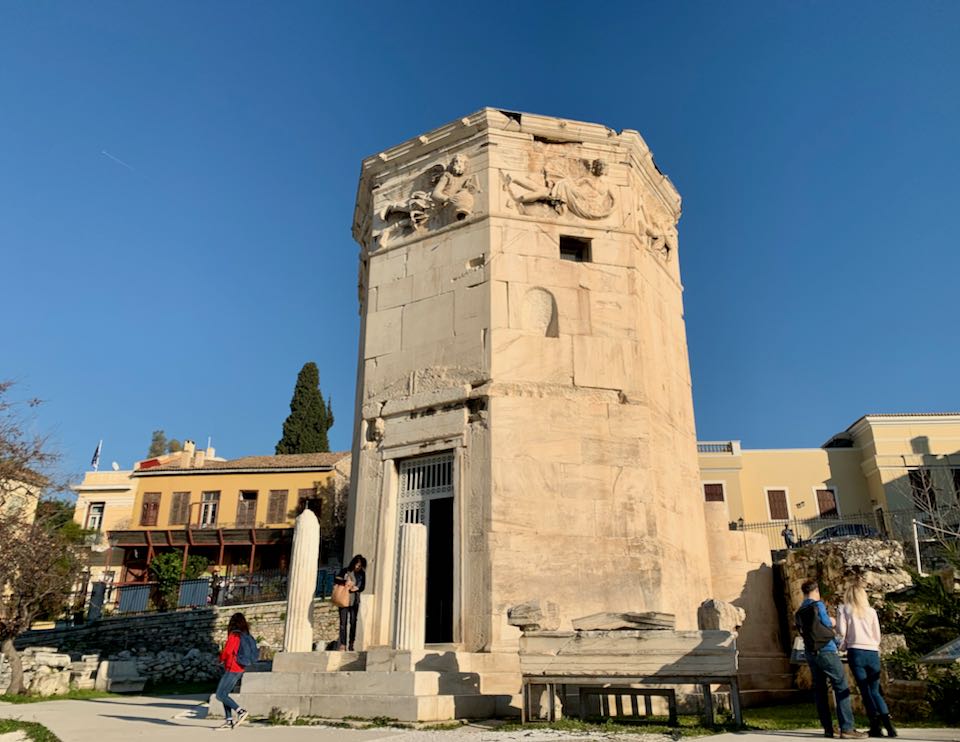
At the top of each side of the tower, there is a carved marble frieze depicting one of the eight wind deities from Greek mythology.
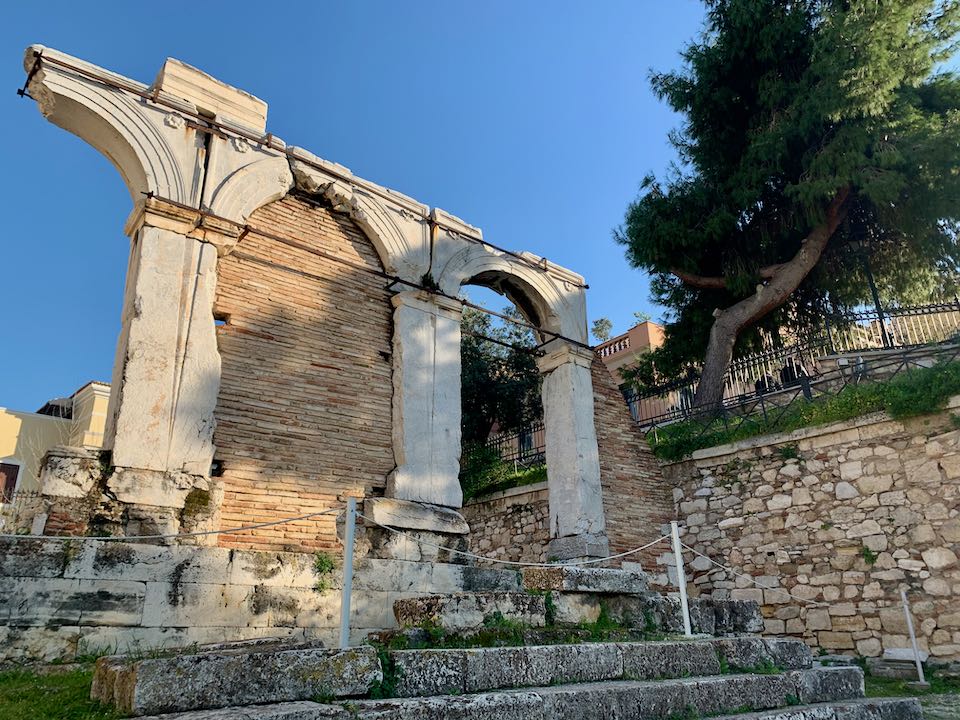
On one side of the tower, there are the unidentified ruins of a marble archway. Excavations to the site are considered to be ongoing.
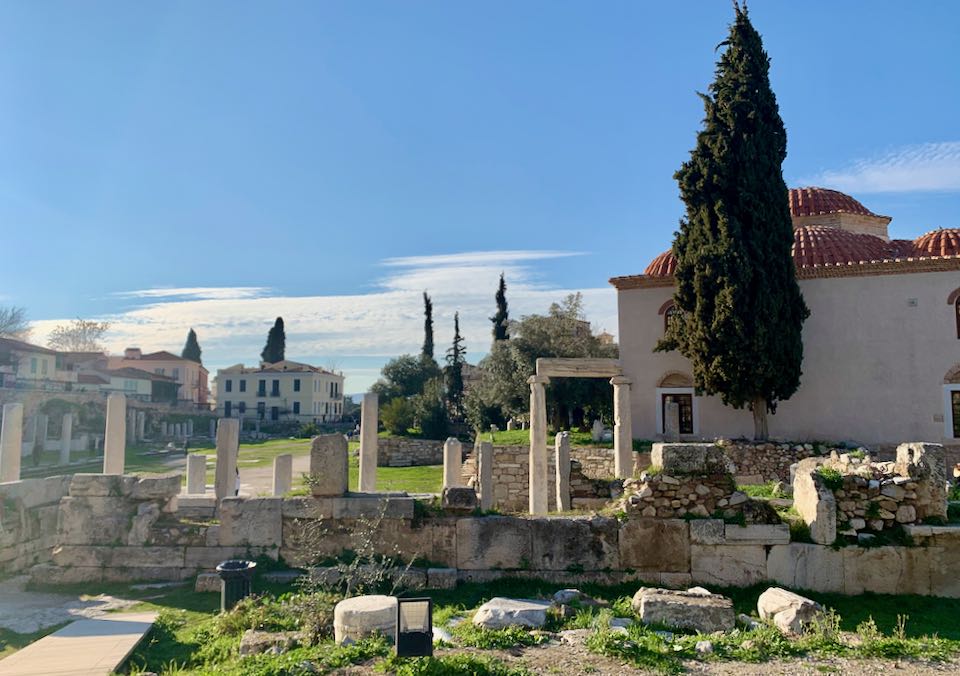
On the other side is the 17th century Ottoman-built Fetiye Mosque. This building is still used today for cultural exhibitions.
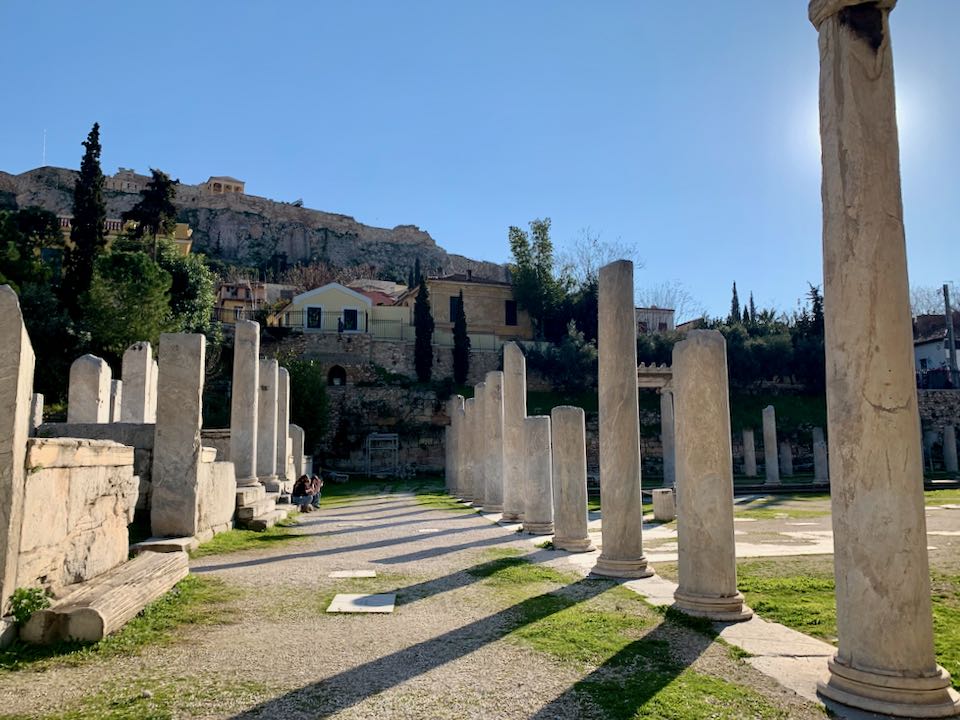
The Agora’s ruined pillars are especially atmospheric at or around sundown.
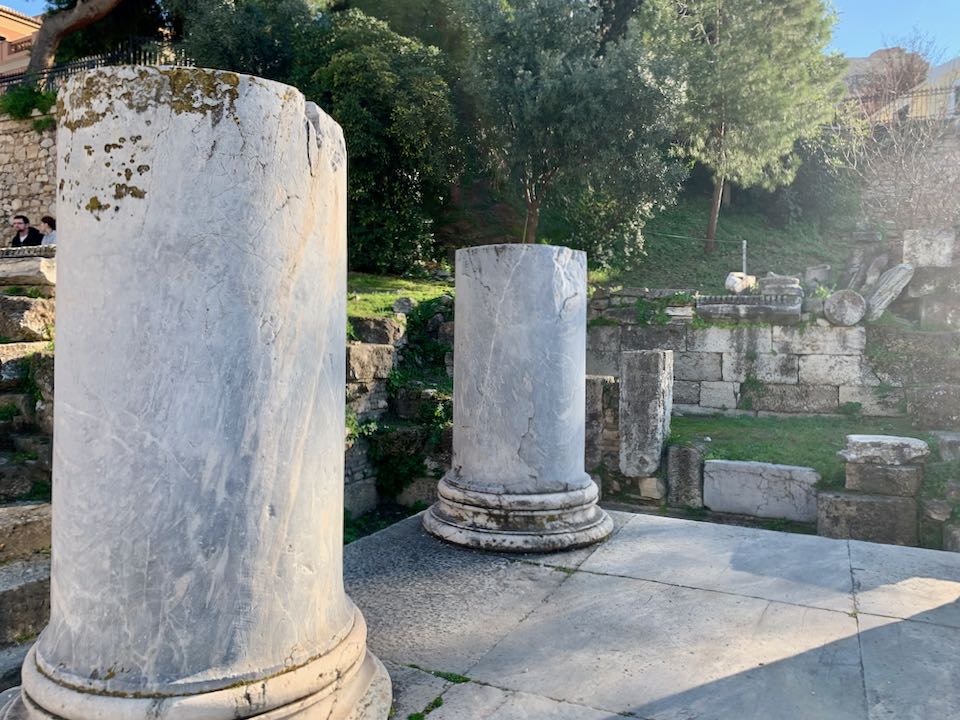
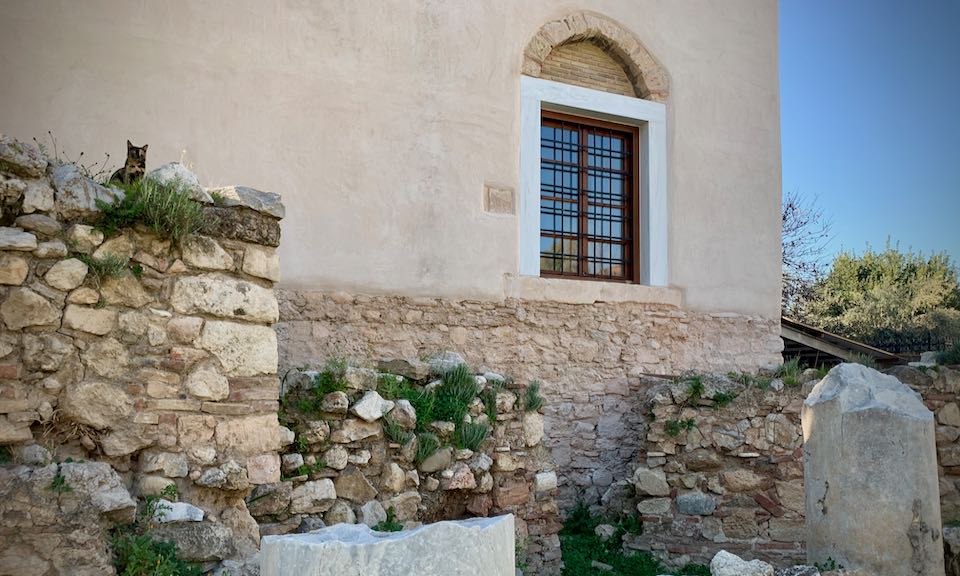
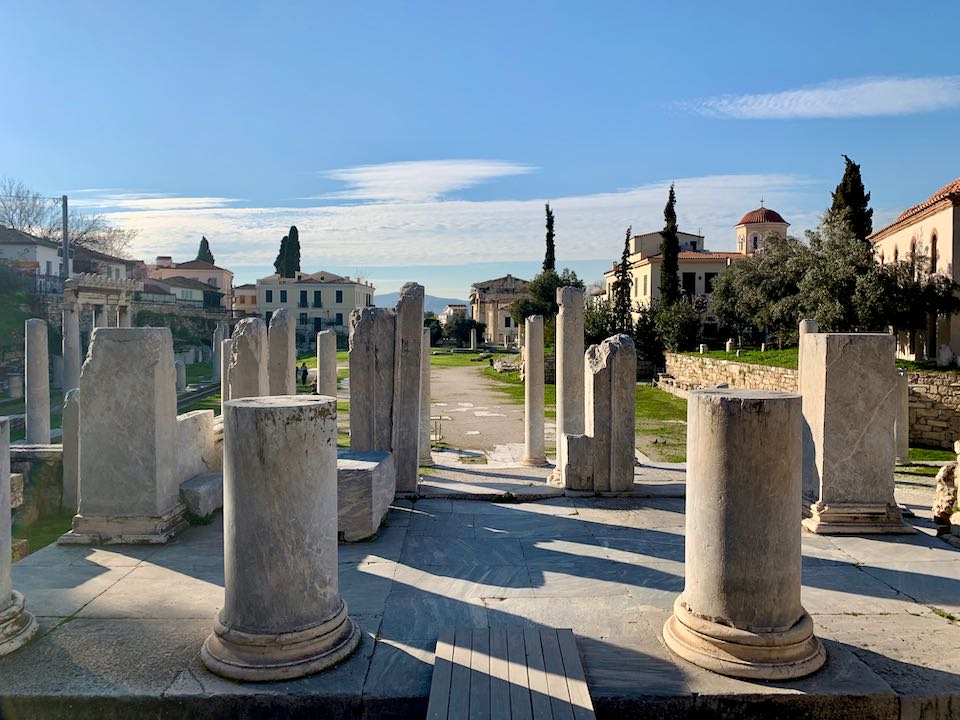
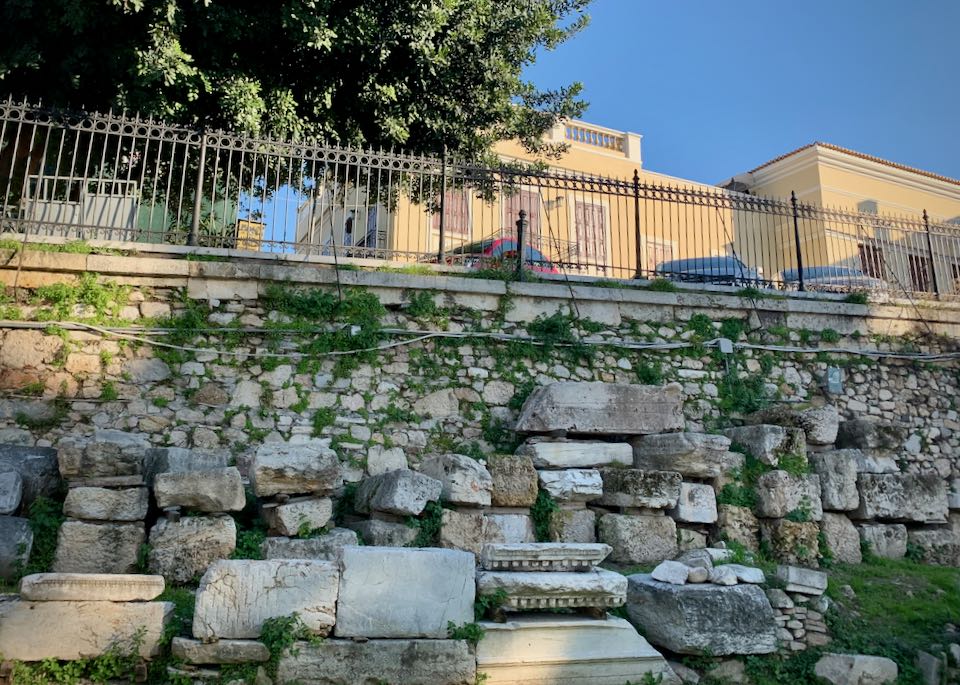
Ancient, unidentified rubble is stacked around the Agora’s edges.
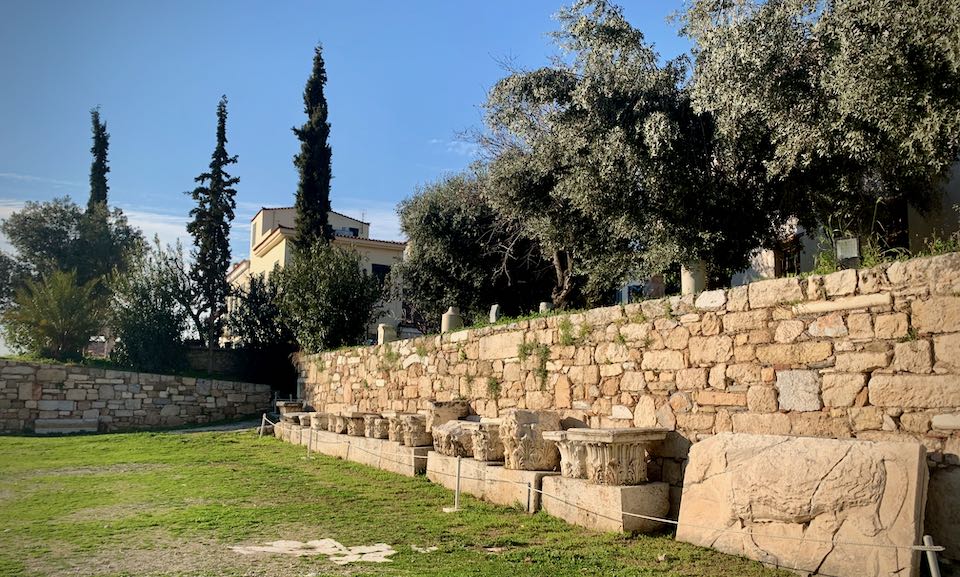
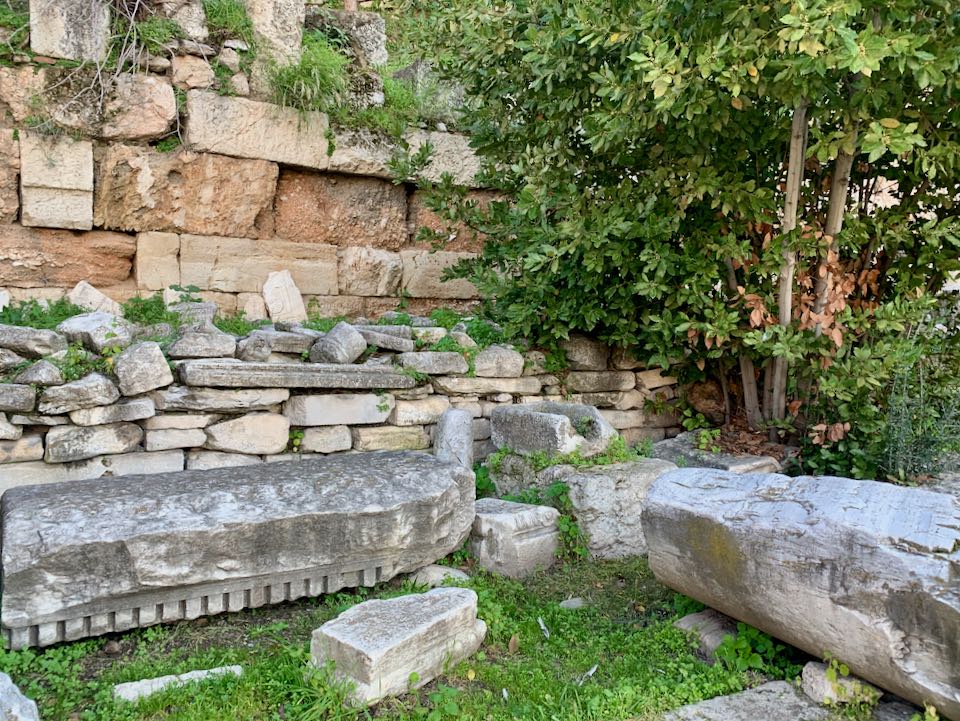
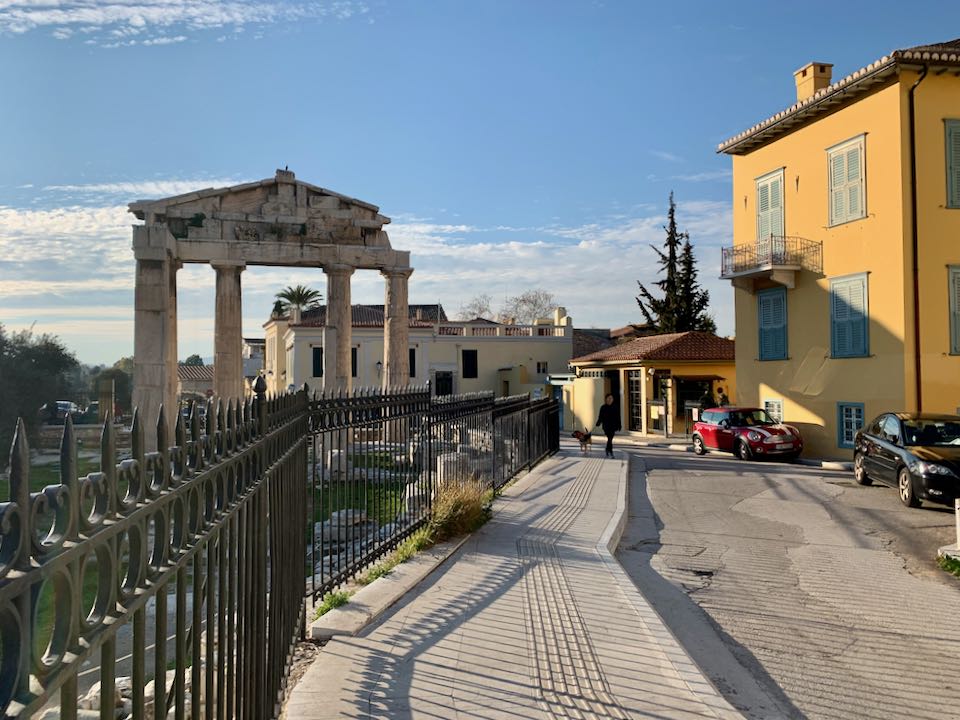
After exiting the Agora, take an immediate right turn onto Epaminonda Street, situated above the Agora.
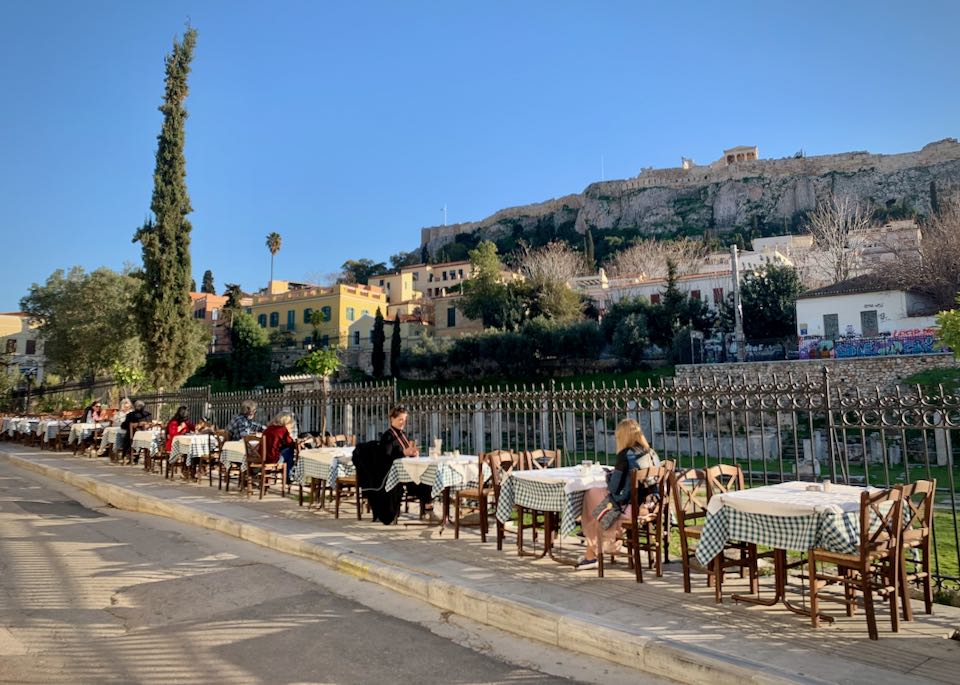
From here you can enjoy a leisurely meal, enjoying views to the Agora ruins below and the Acropolis above.
Read More
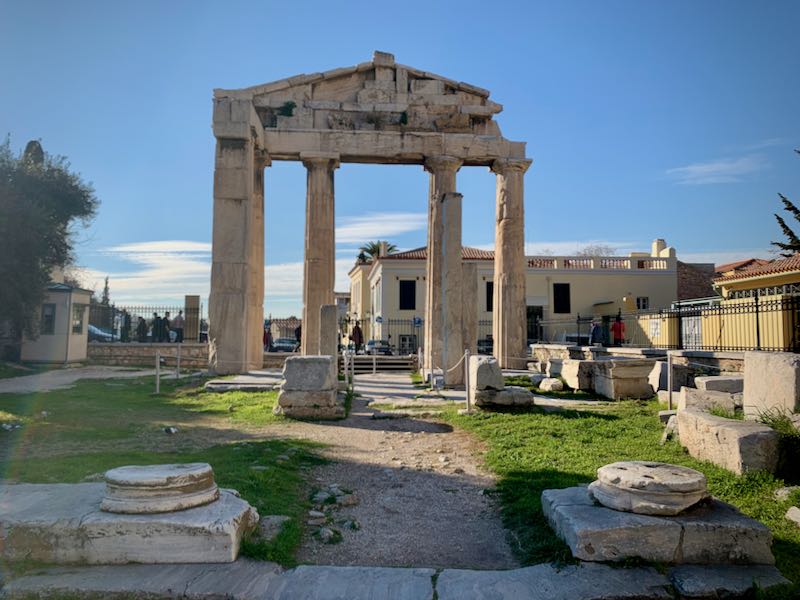
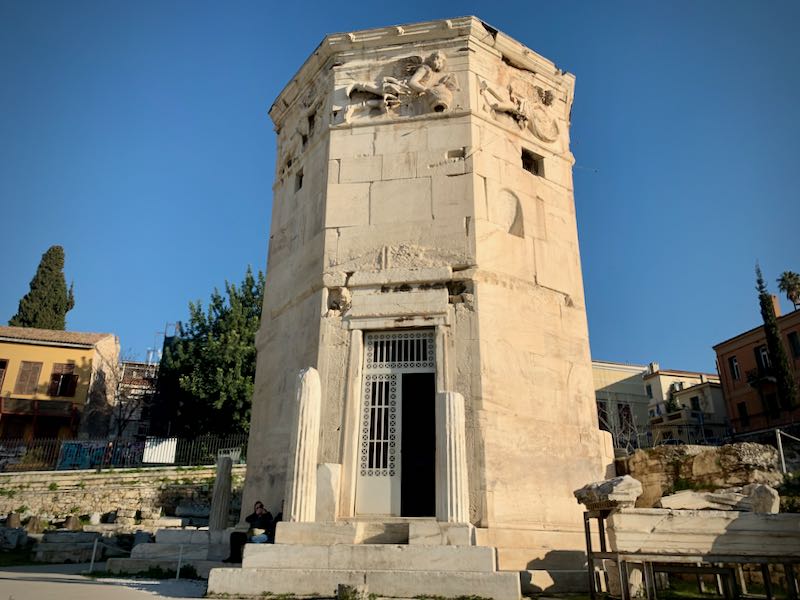
About Santorini Dave